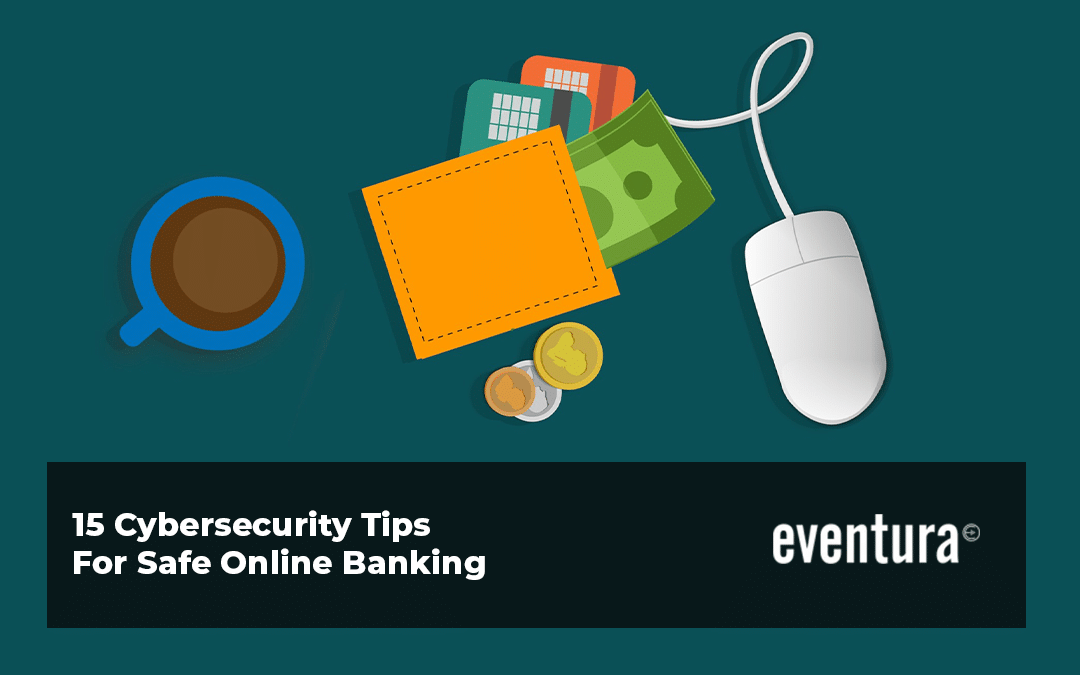Top Cybersecurity Tips for Online Banking: Safeguard Your Finances
In today’s digital world, online banking offers unparalleled convenience for managing finances, paying bills, and transferring money. However, this ease of access also brings significant security risks. Cybercriminals are becoming increasingly sophisticated, targeting unsuspecting users to steal personal information and funds. To help you navigate the online banking landscape safely, we’ve compiled crucial cybersecurity tips that can safeguard your financial assets.
- Use Strong, Unique Passwords
Your password is the first line of defense against unauthorized access. A strong password should contain a mix of uppercase and lowercase letters, numbers, and special characters. Avoid easily guessable passwords like your birthday or “123456”.
Tips:
Create Unique Passwords: Don’t use the same password across multiple accounts. If one account is compromised, others will be at risk.
Use a Password Manager: Consider using a password manager to generate and store complex passwords securely, making it easier to maintain unique ones across your accounts.
- Enable Two-Factor Authentication (2FA)
Two-factor authentication adds an extra layer of security to your online banking account. Even if a hacker acquires your password, they would still need a second form of verification to access your account.
Tips:
Opt for Authenticator Apps: Use apps like Google Authenticator or Authy for added security rather than relying solely on SMS codes, which can be intercepted.
Set Up for All Accounts: Wherever possible, enable 2FA for not just your bank but for all financial services, including email and payment platforms.
- Access Your Bank Over Secure Networks
Public Wi-Fi networks may be convenient but pose serious security risks. Cybercriminals can easily intercept communications over unsecured networks, putting your banking information at risk.
Tips:
Use VPNs: If you must use public Wi-Fi, consider utilizing a Virtual Private Network (VPN) to encrypt your data and obscure your online activity from potential snoopers.
Connect via Secure Networks: Whenever possible, use a secured and private internet connection, particularly when conducting financial transactions.
- Monitor Your Accounts Regularly
Regular monitoring of your bank accounts can help you identify unauthorized transactions quickly. The sooner you spot suspicious activity, the faster you can take appropriate action, such as contacting your bank.
Tips:
Set Up Alerts: Many banks offer account alert features that notify you of large transactions, logins from new devices, or any unusual activity.
Review Statements Frequently: Check your monthly statements for any discrepancies and report them to your bank immediately.
- Beware of Phishing Scams
Phishing attacks remain one of the most common methods used by cybercriminals to steal personal information. These scams typically occur through emails or messages that appear to be from legitimate sources.
Tips:
Check URLs: Always verify the URL when accessing your bank’s website. Phishing sites often mimic real ones but have small discrepancies in the domain name.
Don’t Click on Suspicious Links: Avoid clicking on links in unsolicited emails or messages. Instead, navigate directly to your bank’s website through your browser.
- Keep Software Up to Date
Keeping your operating system, browser, and security software up to date is crucial for protecting against vulnerabilities that cybercriminals might exploit.
Tips:
Automatic Updates: Enable automatic updates for your operating system and applications to ensure you receive the latest security patches.
Use Antivirus Software: Invest in reliable antivirus software to add an extra layer of protection against malware and phishing attempts.
- Understand Your Bank’s Security Measures
Familiarizing yourself with your bank’s security practices can provide peace of mind. Many banks employ robust security measures to protect customer data, such as encryption and fraud protection.
Tips:
Review Policies: Read your bank’s privacy policy and security measures to understand how they protect your information.
Know What to Expect: Familiarize yourself with how your bank communicates. Most banks will never ask for sensitive information via email or text.
- Log Out After Transactions
It might seem trivial, but logging out after completing your banking transactions is vital. Leaving your account open can increase the risk of unauthorized access, especially on shared or public computers.
Tips:
Always Log Out: Make it a habit to log out from your online banking sessions, particularly if you are using a public or shared computer.
Close the Browser: After logging out, close the browser tab to ensure your session is completely terminated.
Conclusion
While online banking offers convenience and efficiency, it is crucial to recognize and mitigate the risks involved. By embracing these cybersecurity tips, you can significantly enhance the safety of your financial transactions and protect your personal information. Stay vigilant, informed, and proactive in your online banking practices to…See More









